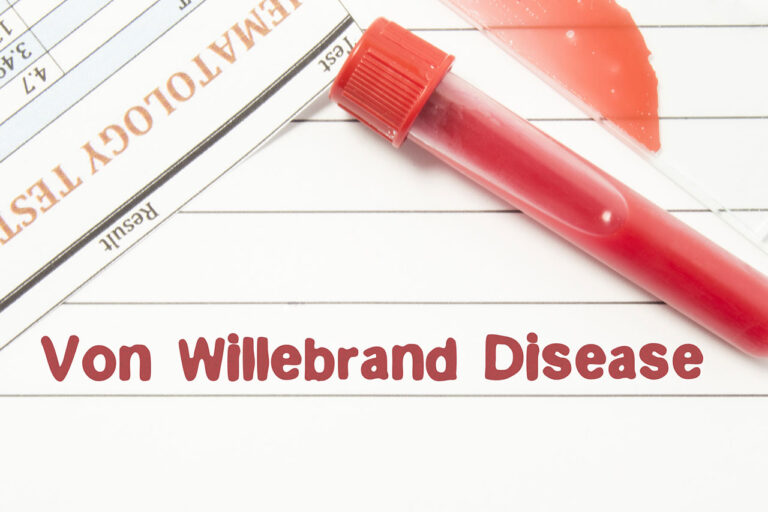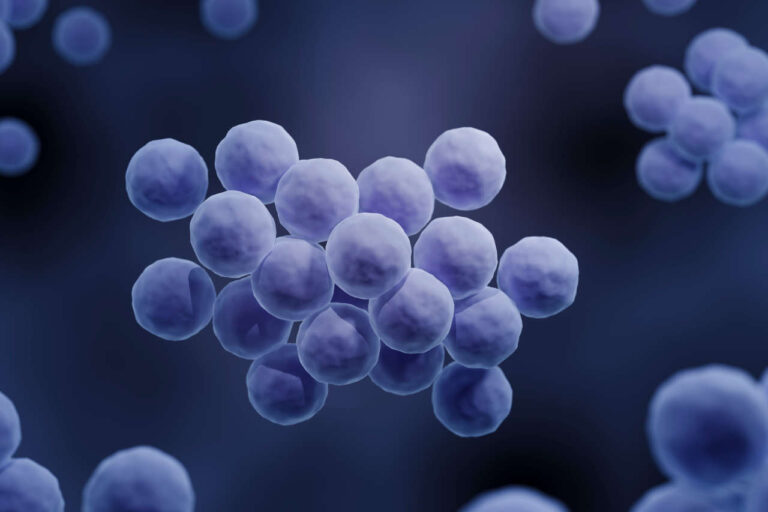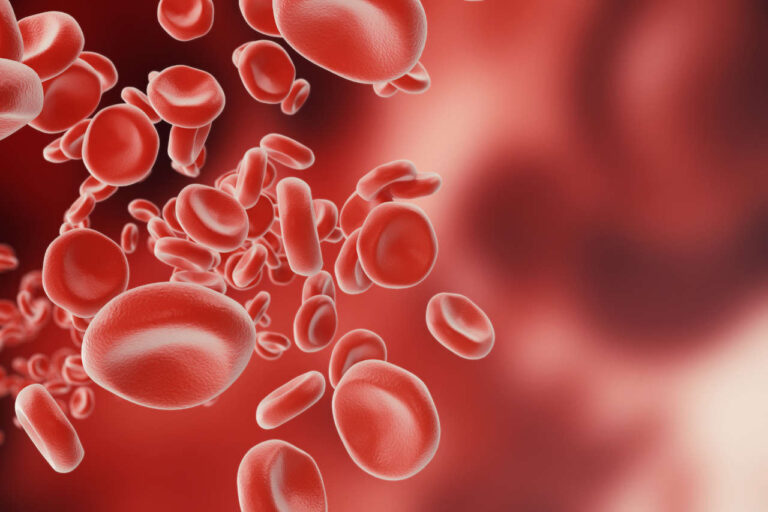
新生儿溶血病 (HDN) 是一种影响新生儿的血液疾病。它会导致婴儿的红细胞 (RBC) 过早分解。这种疾病以前被称为胎儿红细胞增多症,但也有其他名称,例如:
- 新生儿红细胞增多症
- 胎儿和新生儿溶血病(HDFN)
- 贫血 – 新生儿溶血病
- 血液不相容性 – 新生儿溶血病
- ABO血型不合 – 新生儿溶血病
- Rh 不相容 – HDN
与专家讨论共付额援助
新生儿溶血病的病因是什么?
新生儿溶血病 (HDN) 是指母亲的免疫系统攻击并破坏婴儿的红细胞。这可能由两种情况引起:Rh 血型不合或 ABO 血型不合。Rh 血型不相容
Rh因子(Rh)是一种存在于红细胞表面的蛋白质。Rh不相容是指母亲为Rh阴性,而父亲为Rh阳性。 如果婴儿和父亲一样是 Rh 阳性,母亲的免疫系统就会产生攻击和破坏婴儿红细胞的蛋白质(抗体)。 Rh 血型不合在第一次怀孕时不会造成太大问题。然而,在后续怀有 Rh 阳性婴儿的怀孕中,它可能会导致严重的问题。ABO血型不合
新生儿溶血症 (HDN) 发生的另一个原因是 ABO 或血型不匹配。 当母亲的血型(A、B或O型)与婴儿的血型不匹配时,就会发生这种情况。当母亲的血型为O型,而婴儿的血型为A型或B型时,最容易发生新生儿溶血性尿失禁。 大多数情况下,它对婴儿的危害比 Rh 血型不合要小。新生儿溶血病症状
新生儿溶血性贫血 (HDN) 患儿出生后可能出现肿胀、苍白(贫血引起)或发黄(黄疸引起)。此外,还可能出现心脏、肝脏或脾脏肿大。 其他症状包括:- 心率加快
- 皮肤上出现红色或棕色小斑点
- 呼吸困难
新生儿溶血病的治疗
如果新生儿溶血性贫血 (HDN) 是在出生后确诊的,那么治疗方案可能包括:- 频繁喂食和输液。
- 光疗法(光疗)分解多余的 胆红素.
- 免疫球蛋白 以防止母亲的抗体攻击婴儿的红细胞。
- 如果血压极低,则需要使用药物来升高血压。
- 严重情况下需要换血。这需要抽出婴儿的血液,并用捐献者的血液代替。
- 使用呼吸机进行呼吸支持。
新生儿溶血病预防
一种叫做 RhoGAM (Rho[D]免疫球蛋白)用于预防因Rh血型不合引起的溶血性疾病。该疫苗通常在妊娠第28周左右和出生后72小时内注射。 在怀孕前或首次产前检查时进行血液检查有助于医生评估风险。您的医疗保健提供者也可能建议您检测孩子父亲的血型。什么原因导致新生儿溶血性黄疸?
新生儿溶血性黄疸最常见的三个原因是:- Rh溶血病
- ABO血型不合
- 葡萄糖-6-磷酸脱氢酶(G-6-PD)缺乏症和轻微血型不合
IVIG 有帮助吗?| 免费 IVIG 治疗信息
新生儿溶血病的长期展望
溶血病的严重程度可从轻微到严重,甚至致命。 有些婴儿没有任何体征和症状,但有些婴儿可能在出生前或出生后不久死亡。这些病例的主要死因是重要器官积液。 由于新生儿溶血性贫血 (HDN) 可能危及生命,因此对患有此病的婴儿进行至少 3 个月的监测至关重要。如果贫血严重,可能需要多次输血。 幸运的是,产前和产后护理的进步大大减少了因妊娠溶血而死亡的人数。
此信息不能替代医疗建议或治疗。在开始任何新的治疗之前,请咨询您的医生或医疗保健提供者,了解您的医疗状况。AmeriPharma® Specialty Care 对所提供的信息或由此做出的任何诊断或治疗不承担任何责任,也不对其内容的可靠性负责。AmeriPharma® Specialty Care 并非运营此处列出的所有网站/组织,也不对其内容的可用性或可靠性负责。这些列表并不暗示或构成 AmeriPharma® Specialty Care 的认可、赞助或推荐。本网页可能包含对品牌处方药的引用,这些处方药是与 AmeriPharma® Specialty Care 无关的制药商的商标或注册商标。













